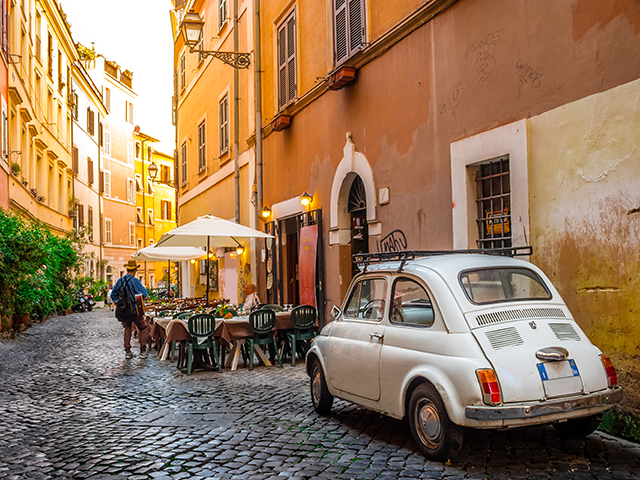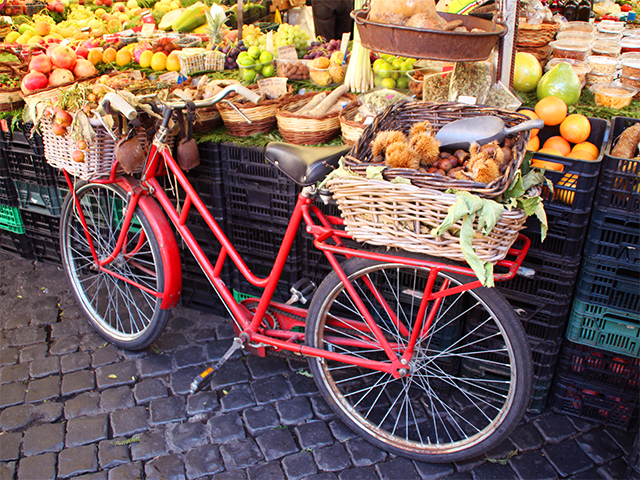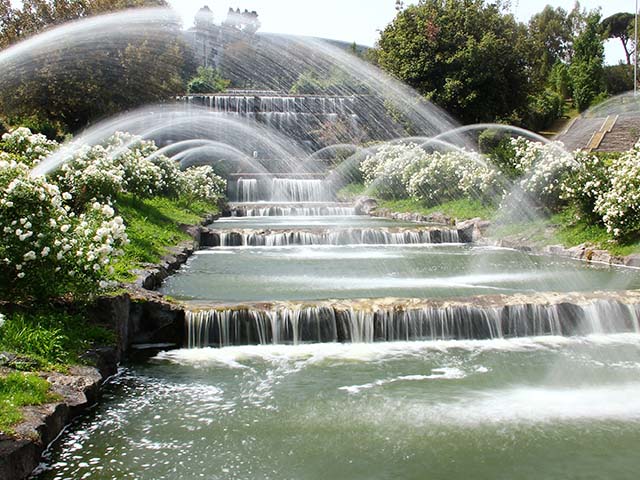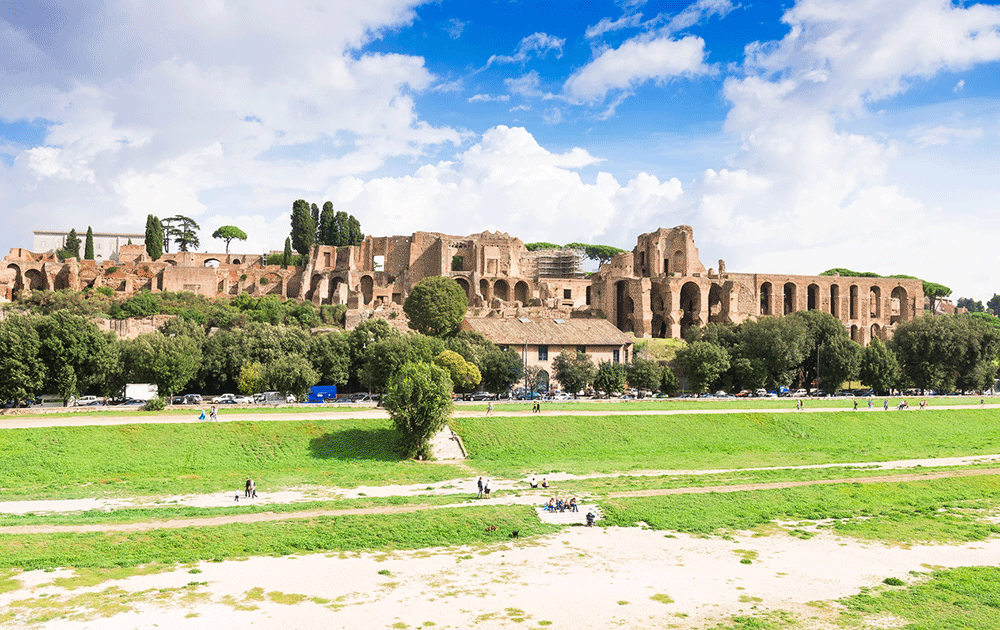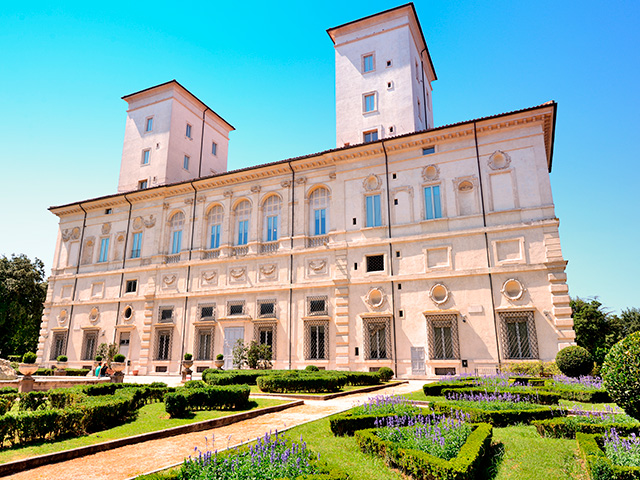Villa Borghese
Opening times, museums, Galleria Borghese and also information about parking facilities, about the Bioparco zoo and visits with children.Seen from above it reminds of the shape of a heart, maybe that's why Villa Borghese is the most beloved by Romans?
DISCOVER ALL THE TOURS OF VILLA BORGHESE
Easy to reach by public transports, it is located right in the middle of Piazzale Flaminio, Porta Pinciana and the Salario neighbourhood. Greenery, art and entertainment in 80 hectares in the heart of Rome: don't miss this wonder!
A LITTLE BIT OF HISTORY
Villa Borghese was born between the end of the sixteenth century and the begining of the seventeenth century when Pope Paul VI, choosing as cardinal his nephew Scipione, posed a condition: building the most luxurious and magnificient aristocratic abode in Rome creating a "villa of joy and the widest Roman garden".
So was born Villa Borghese.
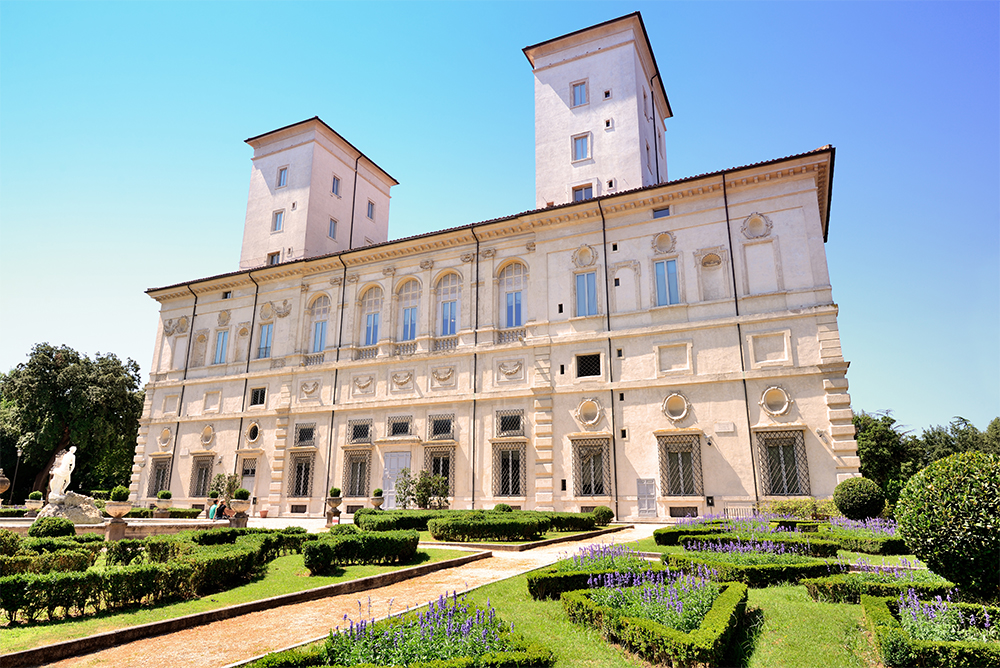
Villa Borghese
The works were lead by the architecta Flaminio Ponzio and Giovanni Vasanzio. But also other artists such as Pietro e Gianlorenzo Bernini, Antonio Canova, Tiziano, Raffaello and Caravaggio participated. The villa was completed in 1633.
Since 1766 ristoration works took place in the "Casino nobile" (today seat to Borghese Gallery) and in the "Casino dei giochi d'acqua" (today's "Aranciera" (Orangery), site to the Museum Carlo Bilotti). Inside the park was built the beautiful "Lake Garden".
At the beginning of the nineteenth century, Camillo Borghese bought the lands close to Porta del Popolo and Porta Pinciana further widening the boundaries of the villa. Over that century, the gardens were open to allow people to go for a walk on holidays and local festivals with songs and dances took place.
In 1901 the parco was acquired by the Italian State, that after gave it up to the Town Council of Rome. Since then, villa Borghese is open to public every day. Previously, the gardens were open only during holidays and local festivals.
In 1900, the Italian State decided to give to the park the name of Villa comunale Umberto I, formerly Borghese, in memory of King Humbert I, who died that year. Romans, though, have kept calling it Villa Borghese.
WHAT TO DO IN VILLA BORGHESE
If you have a couple of spare hours go for a walk in the greenery of Villa Borghese visiting the romantic Lake Garden or discovering the artistic wonders present at the Borghese Gallery and in the Gallery of Modern Art:
VISIT THE BORGHESE GALLERY AND ITS GARDENS

The romantic Lake Garden
If you wish to make your children have fun take them to the Bioparco zoo or to the Casina di Raffaello, a nice play center for children aged 3 to 10: they will thank you all day long.
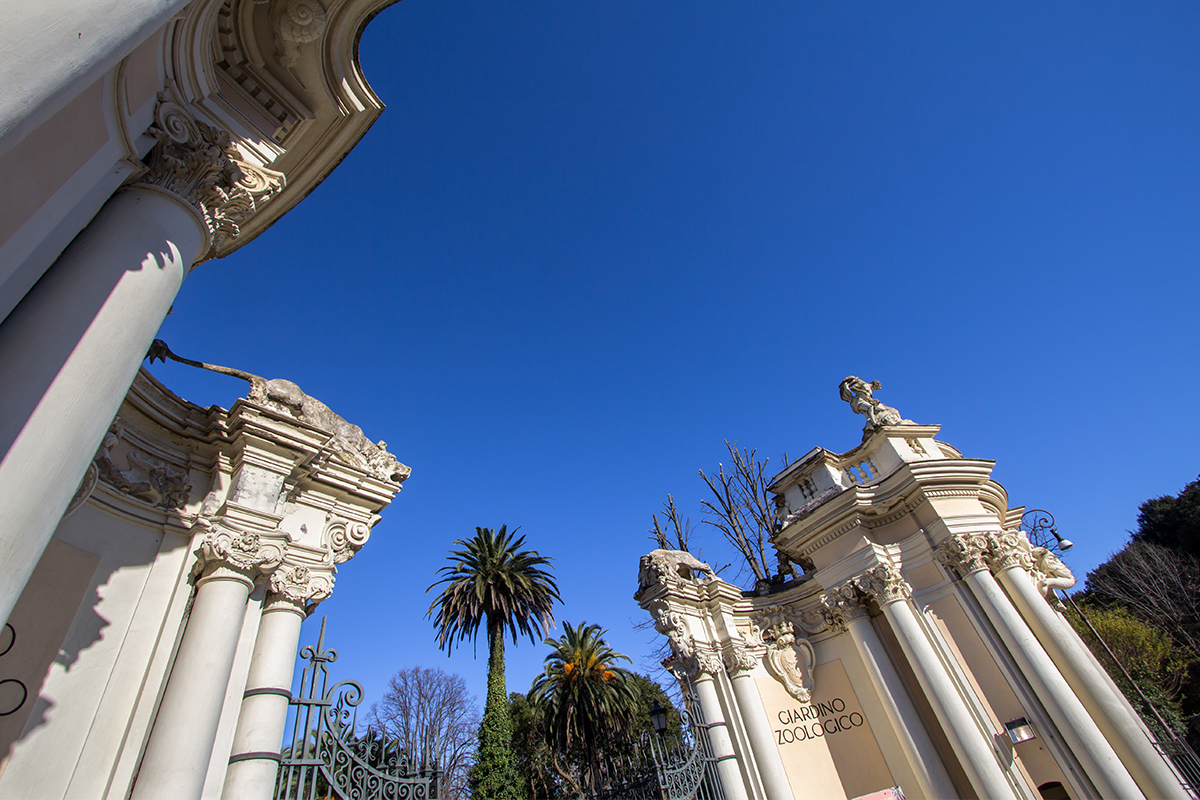
The entry point to the Bioparco zoo at Villa Borghese, Rome's zoological garden
Do you love running? Do you need to lose some weight? Run around the 80 hectares of the park, surrounded by greenery, centuries-old trees and wonderful fountains.
Do you want to impress your partner with a romanitic outing? Take them to the Lake Garden and then to one of the restaurants or to the cinema present in Villa Borghese.
You can't help but be stunned by the flora and fauna present in the park. Well, it is actually difficult to communicate the amount of activities available in villa Borghese, but we will try, presenting a list with the main attractions:
- historic buildings: Casino del Graziano, Casino Giustiniani, the Aviary and the Sundial with its wonderful secret gardens;
- neoclassical and nineteenth-century buildings: Casino dell’Orologio, Fortezzuola, the wide Lake Garden famous thanks to the temple of Asclepius reachable by boat;
- facilities for leisure, games and cultural diffusion: Canonica Museum, house-study of the artist Pietro Canonica; Casino di Raffaello, with a play centre for children; Casina delle Rose, with the Cinema house; the Bioparco, wonderful zoological garden; the Orangery, transformed in the new Carlo Bilotti Museum with contemporary art works; the Globe Theater, a wide theatre pavilion of circular plant based on the Elizabethan theaters model;
- an incredible concentration of museums, sculptures and monuments, it's no coincidence that villa Borghese is defined "The park of museums";
- fountains, centuries-old trees, lakes, Italian style gardens and big open air spaces;
- every spring, inside the equestrian dressage takes place the horse show of Piazza di Siena with the awaited ritual of the Carousel of Carabinieri.
To end with, don't miss the Pincio garden, that offers a breathtaking view over Rome:
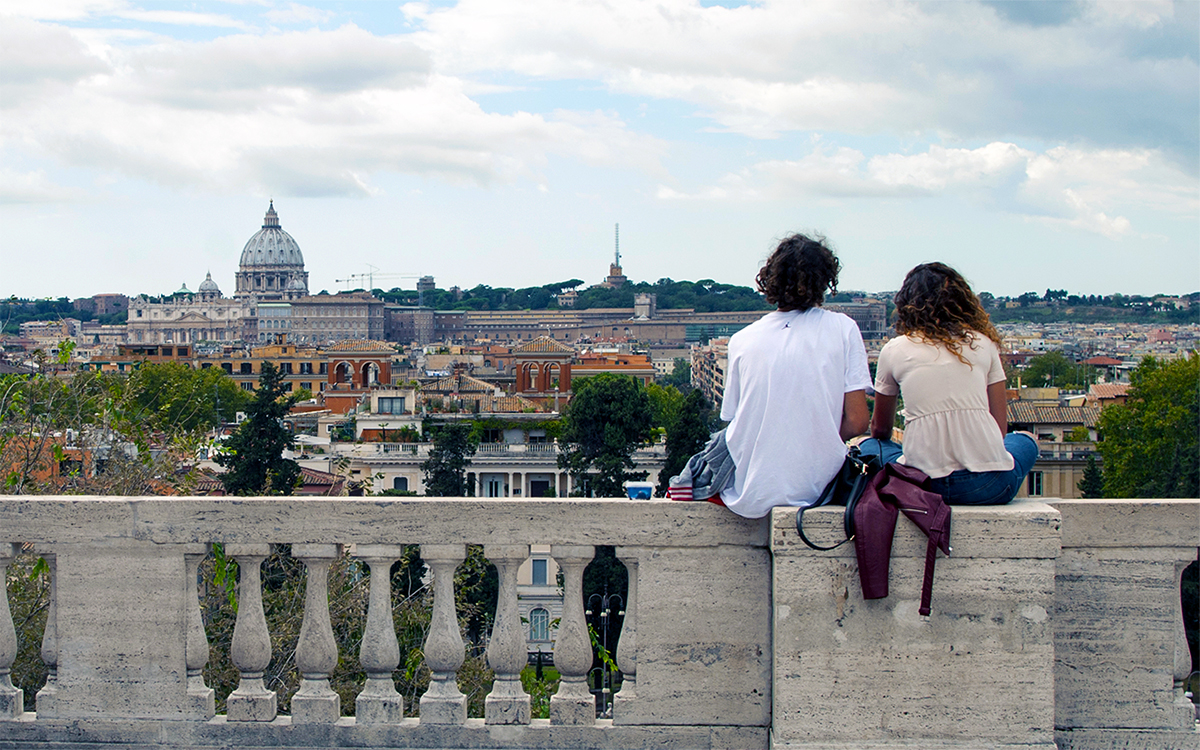
View from the Pincio Garden
Info utili
Villa Borghese has 9 entry points (distributed between via Aldrovandi, via Raimondi, via Pinciana, piazzale San Paolo del Brasile, piazzale Flaminio, piazzale Cervantes) taking up a vast area.
Parking facilities: if you are coming by car we recomend this parking facility, usufel and not excessively expensive (€2.20/hour, max €18/day).
- COME ARRIVARE
From the Port of Civitavecchia go to the train station and take the first train bound for Roma Termini.
Once at Termini take the Metro line A (it is located right under the train station) and get off at "Flaminio". Less than 500 meters from there you will find one of the entries to Villa Borghese.
Folowing, you find a list of all the other public transports that get to or cross Villa Borghese apart from metro line A: electric line 116 (route inside the park); buses 88, 490, 495, 160 (cross the park); buses 910, 52, 53, 628, 926, 223, 217 (adjoining streets to the park); tramway 19, 3, 2; train station - piazzale Flaminio (Rome- Viterbo).- ORARI
The park is always open since sunrise until sunset.
- PREZZI
Admission to the park is free. The structures and museums inside the park have paid admission.



 PORT MOBILITY CIVITAVECCHIA
PORT MOBILITY CIVITAVECCHIA









